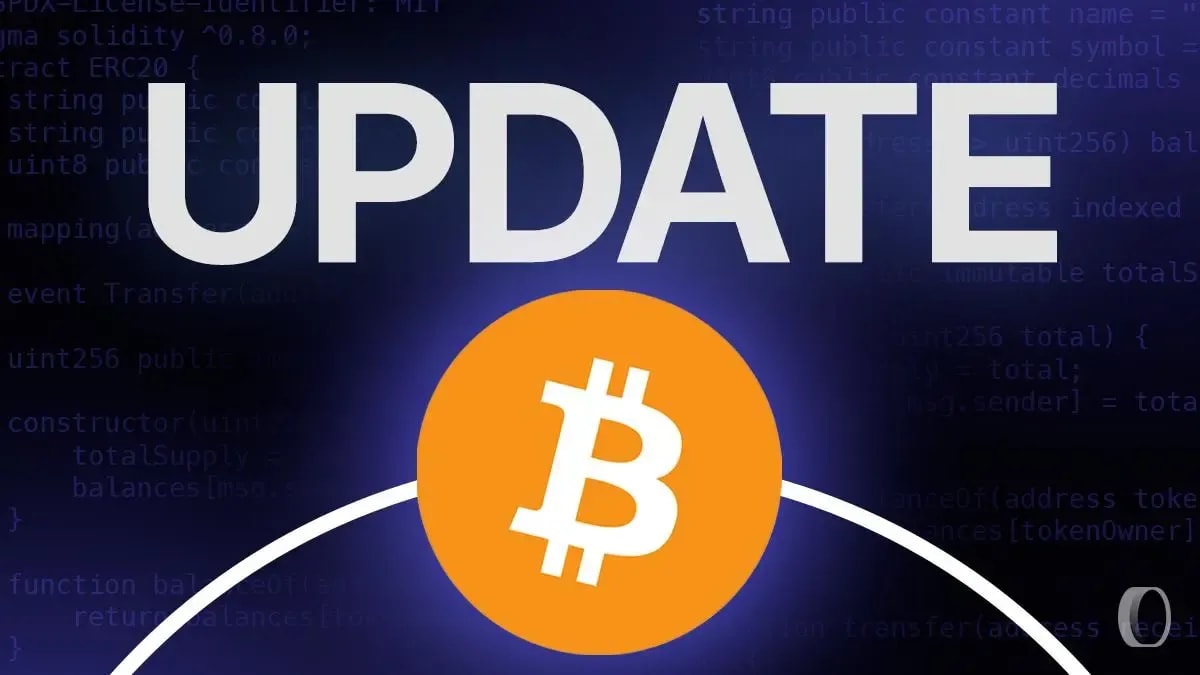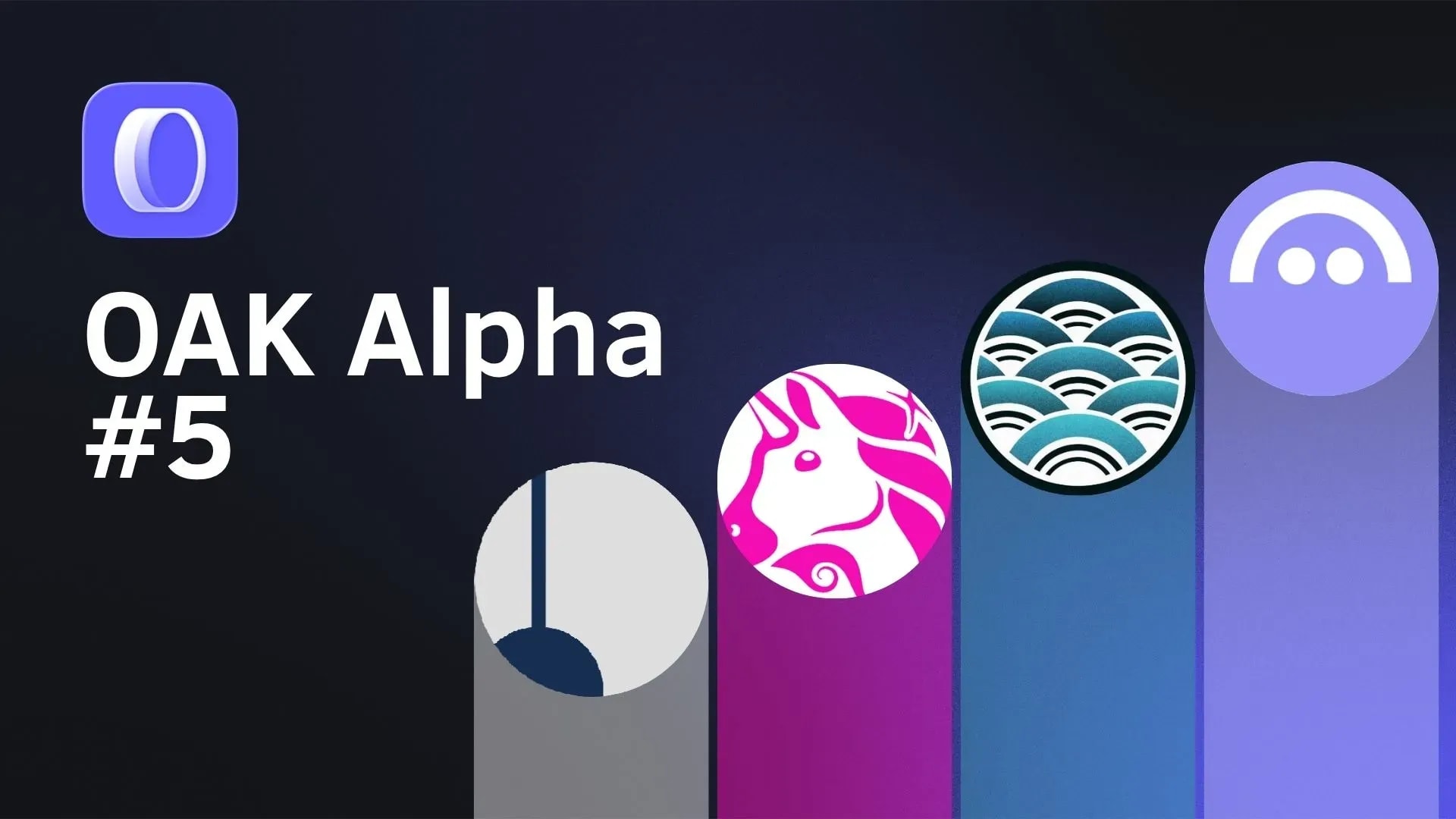Why so much HYPE around Hyperliquid?
November 14, 2024

In this post
Hyperliquid is close to the launch of the HYPE token, whose airdrop has probably been the most eagerly awaited for several months. In this analysis, we will detail the reasons behind the phenomenon surrounding Hyperliquid and the estimated value of the airdrop points.
About Hyperliquid
Over the past two years, Hyperliquid has become one of the most popular and appreciated projects within the community. Simply put, Hyperliquid is a decentralized exchange (DEX) specializing in perpetual futures contracts, allowing users to trade a wide range of cryptocurrencies with leverage, without identity verification (KYC), and through a simple, intuitive user interface that notably resembles centralized platforms.
Beyond that, Hyperliquid is primarily a layer 1 blockchain specifically designed to meet the demands of a decentralized trading application. The technological infrastructure is optimized to support a massive on-chain order book, providing high performance, low latency, and reduced transaction fees.
Since its launch in 2022, Hyperliquid has conducted two points distribution campaigns: from December 2023 to April 2024, and then from June to October 2024. Finally, Hyperliquid announced the long-awaited launch of the HYPE token, distributed through an airdrop to the community and point holders.
Moreover, HYPE will also support the decentralization of Hyperliquid. Besides the main network, Hyperliquid is also developing HyperEVM, an Ethereum sidechain based on the same consensus (HyperBFT). Currently in testnet, it is expected to launch on mainnet with the release of HYPE, thereby opening network security activities to users.
Some additional key points to remember about Hyperliquid:
- One of the most important aspects is that Hyperliquid is entirely self-funded and did not rely on pre-seed or seed rounds to raise funds. Thus, the HYPE token launch could particularly reward the community.
- Hyperliquid is primarily a layer 1 blockchain, but the team chose to prioritize developing a “killer app” (the DEX) and to downplay the technological aspect. This is an unprecedented strategy, but it seems to have worked.
- Although HyperEVM is currently in testnet, about thirty projects have already announced their intent to launch on the network. Once again, the success of the DEX drives the (future) success of the chain.
- Even outside of points distribution campaigns, Hyperliquid has continued to experience activity growth, which is particularly rare.
Some Metrics on Hyperliquid
Since its launch at the end of 2023, Hyperliquid has achieved undeniable success. The protocol has surpassed 185,000 unique users, with a total deposited amount exceeding $4.8 billion. As for cumulative volumes on the platform, they have reached over $375 billion at the time of writing.

Although the two point distribution campaigns in 2024 played a significant role in Hyperliquid's growth, their interruptions (first in May, and more recently since October) have not prevented the platform from continuing to display increasing metrics.
For example: the average volume was $818 million in May and $1.1 billion in October, during periods when users had no incentives.
Regarding transaction volume, Hyperliquid has set records over the past few days. First, on November 11, the platform processed a daily volume of $3.83 billion, a record that was surpassed the next day with $5.15 billion.

Moreover, the Total Value Locked (TVL) on Hyperliquid’s layer 1 has now exceeded $1.2 billion. The Perp section alone accounts for over $950 million, while the Spot section (market, Vaults, etc.) represents $240 million.
A particularly interesting metric to observe is the Open Interest, which is the sum of the value of all ongoing contracts on the platform. In recent days, Open Interest on Hyperliquid has continued to climb, reaching consecutive all-time highs and even surpassing the symbolic $2 billion mark on November 12, a 50% increase since the end of the campaign.
Finally, Hyperliquid has a public reserve, unlike centralized platforms, which is an important indicator of solvency. To recall, Hyperliquid accepts USDC deposits on Arbitrum and currently holds nearly $950 million in USDC, which is more than 55% of the circulating supply on the chain.

Some additional key points to remember about Hyperliquid:
- Hyperliquid has established itself as the main Perp DEX on the market. With a volume of $4.75 billion on November 13 (the date of writing), Hyperliquid represents 38.6% of the market share, ahead of Jupiter on Solana ($1.9 billion, 16% market share).
- The record volume on Hyperliquid ($5.15 billion in one day) exceeds the cumulative volumes of Drift ($3.4 billion), dYdX v3 ($1.3 billion), and Aevo ($759 million) over the entire month of October.
- Hyperliquid has recently joined the top 10 blockchains in terms of Total Value Locked (TVL), surpassing Polygon, Aptos, Optimism, and Blast, and nearing Avalanche and Sui.
The Launch of HYPE
On October 14, Hyperliquid announced the creation of the Hyper Foundation, confirming the launch of the HYPE token and the distribution to holders of points accumulated during the two campaigns. At the time of writing, very little information is available about the token, and the rest of this analysis is based solely on estimates derived from our reflections and those of the community.
During the first two incentive phases, the "Closed Alpha" between November 2022 and October 2023 and "Season 1" between November 2023 and April 2024, points were mostly distributed to traders on perpetual contracts. In total, 4,462,256 and 27,000,000 points were distributed, respectively.
After a pause in May, notably marked by the launch of the spot market, it was commonly accepted that no further points would be distributed by Hyperliquid. However, around 8,000,000 points were indeed reserved for traders who remained active despite the end of incentives (they do not appear in wallets and have not yet been officially distributed).
Finally, last May, Hyperliquid announced another points distribution session. This "Season 2" started in June 2024 and ended in September 2024, during which a total of 11,900,000 points were distributed. It is unclear if points will be distributed to active users in October and November, similar to what happened in May.
Assuming this is not the case and based on currently available information, here is how the point distribution on Hyperliquid is structured.

Using this information, it is possible to estimate the launch price of the HYPE token and the value of users' points. For this, two elements are missing and must therefore be assumed: the Fully Diluted Value (FDV) at launch and the percentage of tokens allocated to points. For the former, pre-market trading platforms like Aevo have already listed the token, which trades at around $3.5 billion FDV. For the latter, it's more complicated.
Thus, we present a table to estimate the value of a point based on the two parameters, FDV and the percentage of supply allocated to point holders:

Let’s take an example: if HYPE launches with an FDV of $4 billion and 35% of tokens are allocated to points, with a total of 51,362,258 points, then one Hyperliquid point would be worth 27,2 $. According to our analysis, this most probable scenario is in the purple area on the screenshot, as Hyperliquid intends to reward the community to the fullest and not follow a model similar to recent projects where the team and VCs receive most of the tokens.
"Note that this analysis only considers the current state of Hyperliquid and does not project onto the future development of HyperEVM. More than thirty projects have already announced their intent to build on this chain, which could enhance Hyperliquid's valuation as a blockchain - this is not yet factored into Hyperliquid's FDV calculation."
Conclusion
The launch of Hyperliquid’s HYPE token is eagerly anticipated by the community. Although no official information has been announced so far, the airdrop is expected in the coming days, with November 16 being the most likely date.
Regardless of the outcome of this launch and airdrop, Hyperliquid will have already significantly shifted the ecosystem’s perspective. First, because it demonstrates that points distribution campaigns and airdrops are not outdated mechanisms and that, when done right, they can still be highly successful for a protocol.
Secondly, Hyperliquid stands out in an ecosystem now influenced by VC funding. Most trending projects have raised enormous sums and launched their tokens with an inflated total valuation and too small a portion of supply in circulation. This phenomenon has logically frustrated the community and is one of the reasons for the recent popularity of memecoins.
In this sense, Hyperliquid stands out as a fully self-funded project, having categorically refused to accept investments from private entities. In the future, this should at least serve as an example to others. The goal is not to fundraise as quickly as possible and incentivize users to join but to build a product that works, attract users, and continue to develop if the market agrees.




